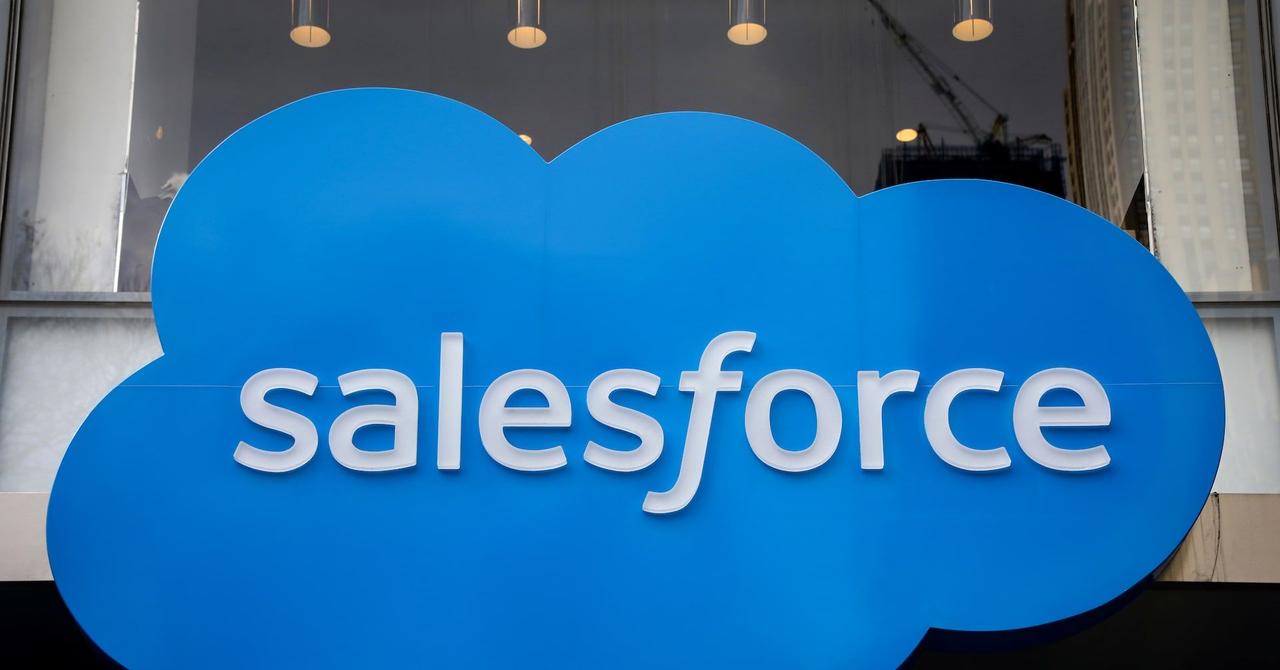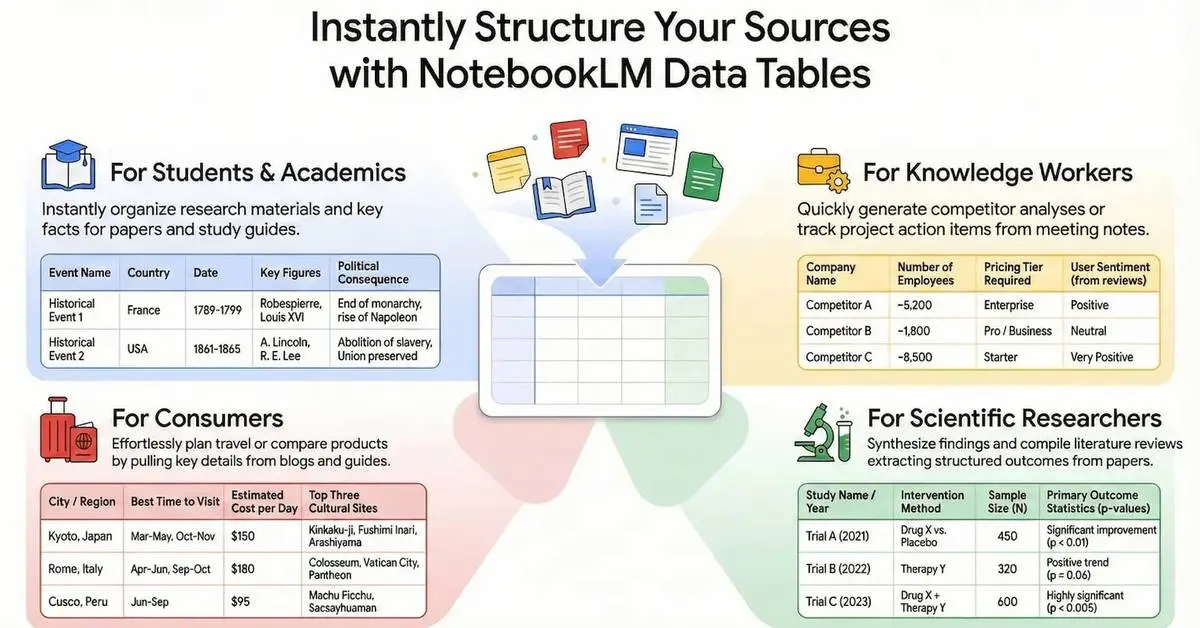PagerDuty's Q1 2026 Results: AI Advancements Amidst Enterprise Transformation Challenges
2 Sources
2 Sources
[1]
PagerDuty beats revenue estimates but shares fall on lowered Q2 forecast - SiliconANGLE
PagerDuty beats revenue estimates but shares fall on lowered Q2 forecast Shares in PageDuty Inc. were down over 2% in late trading today after the application observability platform provider's forecast for the quarter ahead fell short of expectations, after reporting earnings and revenue beats in its fiscal 2026 first quarter. For the quarter that ended on April 30, PagerDuty reported adjusted earnings per share of 24 cents, up from 17 cents per share in the same quarter of the year prior, on revenue of $119.8 million, up 7.8% year-over-year. Analysts had been expecting 19 cents per share and revenue of $119.27 million. As of the end of the quarter, PageDuty was sitting on annual recurring revenue of $496 million, up 7% year-over-year. Customers with annual recurring revenue of $100,000 or more were up 5% to 848 and the company had 15,247 paying customers, up from 15,120 in April 2024. Business highlights in the quarter included PagerDuty's February release of agentic artificial intelligence that enhances its Operations Cloud platform. The AI offering included Agentic SRE, Operations Analyst, Scheduler and a curated AI Use Case Library, features designed to automate incident response, optimize workflows and drive operational efficiency. In April, PagerDuty expanded its platform with enhancements aimed at improving incident management and security. New features included Automation on Alerts for preemptive incident mitigation, new incident workflow actions to streamline resolution processes and the addition of a Security Incident Type to bolster cyber incident response. Other platform improvements announced during the quarter were focused on better user management and service metadata handling. PagerDuty also introduced Intune support for its mobile app, enabling enhanced compliance and security for enterprise environments. "While purposefully driving our enterprise transformation, PagerDuty delivered revenue at the top of our guidance range and a non-GAAP operating margin exceeding our guidance by 500 basis points," said Jennifer Tejada, chairperson and chief executive officer of PagerDuty, in the company's earnings release. "We are focused on driving value by scaling our enterprise sales and services while advancing the Operations Cloud with powerful AI agents." For its fiscal 2026 second quarter, PagerDuty expects adjusted earnings per share of 19 cents to 20 cents on revenue of $122.5 million to $124.5 million. Analysts had been expecting an outlook of 23 cents and the revenue outlook at the midpoint fell short of an expected $123.8 million. For the full year, PagerDuty expects adjusted earnings per share of 95 cents to $1 up from a previous forecast of 90 cents to 95 cents, on revenue of $493 million to $499 million, revised down from a previous forecast of $500 million to $507 million.
[2]
PagerDuty delivers mixed Q1 2026 results as enterprise transformation takes time to gain traction
Digital operations management vendor PagerDuty delivered a mixed bag this week with its first quarter fiscal 2026 results. The company hit revenue expectations but lowered full-year guidance as it continues wrestling with what CEO Jennifer Tejada calls "transitional dynamics" in its go-to-market strategy. The San Francisco-based company reported revenue of $120 million for the quarter ended April 30 - eight percent growth year-over-year, at the top of its guidance range. But dig into the numbers and the picture gets less clear. Annual Recurring Revenue growth slowed to seven percent, hitting $496 million, while dollar-based net retention slipped to 104 percent from 106 percent in the same quarter last year. This reflects ongoing growing pains as PagerDuty shifts gears from serving small and medium-sized businesses toward larger enterprise accounts. It's a move that could deliver higher-value, more predictable revenue streams, but it demands different sales approaches and longer implementation cycles. The company trimmed its full-year revenue guidance to $493 million to $499 million, down from the previous $500 million to $507 million range. Tejada acknowledged that the quarter's performance could be improved, admitting it fell short of the company's long-term ambitions. The enterprise segment took a particular hit with customer downgrades and elevated churn that dented growth metrics. She explained the challenges stem from how the company is fundamentally changing its customer relationships: While many of our enterprise relationships span several years, we're evolving our coverage model. We're moving from a tactical and transactional approach to building more strategic cross-company relationships with our customers. This, as Tejada explained, demands more comprehensive customer roadmap planning and structured professional services frameworks - capabilities that don't appear overnight. PagerDuty is also looking to scale its pre-and post-sale practices to meet enterprise customers' expectations for deeper engagement and more sophisticated support. However, PagerDuty did see improvement in net new paid customers, driven by a new commercial digital acquisition strategy that delivered the largest customer increase in eight quarters. Total paid customers grew to 15,247, adding 127 net new customers during the quarter. Unsurprisingly, PagerDuty's long-term bet is on its Artificial Intelligence capabilities, which it believes will set its platform apart in an increasingly crowded market. The quarter saw continued development of the company's agentic AI capabilities, which aim to handle incident management tasks with minimal human intervention. As diginomica reported back in March, PagerDuty rolled out three AI agents in its Spring 2025 release: an Agentic Site Reliability Engineer that spots operational issues and suggests fixes, an Agentic Operations Analyst that crunches data across tool ecosystems, and an Agentic Scheduler that sorts out on-call scheduling conflicts. The AI strategy seems to be striking a chord with customers, especially in emerging sectors. Tejada pointed to several strategic wins, including a six-figure multi-year deal from a leading AI research and development company and a seven-figure multi-year contract with a global financial market infrastructure company that handles "quadrillions of dollars in security transactions annually." These wins suggest PagerDuty is finding traction in what Tejada calls the "native AI vertical" - companies building AI-powered products and services that need rock-solid incident management infrastructure to keep the lights on. CFO Howard Wilson highlighted a key milestone in the company's sales transformation - more than 60 percent of enterprise sales reps will have been in their roles for at least a full year by the end of Q2. This sales force maturation should drive better performance in the second half of the fiscal year, according to the company. Revenue growth challenges aside, PagerDuty showed decent operational discipline during the quarter. Non-GAAP operating margin hit 20 percent, beating guidance by 500 basis points. Cash flow generation stayed strong too, with $31 million in operating cash flow and $29 million in free cash flow. The company closed the quarter with $597 million in cash, cash equivalents, and investments - giving it some financial breathing room and flexibility. Wilson emphasized that this financial discipline sets PagerDuty up well for future growth: This balanced approach to capital allocation, combined with improving sales and marketing efficiency as our enterprise reps ramp, positions us well to deliver improved growth in the second half of fiscal 2026. PagerDuty's Q1 results highlight the messy reality of strategic shifts, especially when you're maneuvering from volume-based growth to value-based enterprise relationships. The company's long-term AI-powered incident management plan makes sense, but now it needs to prove it can deliver results. What PagerDuty really needs to demonstrate is that its technology advantages translate into measurable business value for enterprise customers. That's not just about having good products - it's about go-to-market execution and customer success capabilities. The financial discipline shown this quarter buys some time, but investors will want to see evidence that the strategic shift is actually working. The next two quarters will determine whether PagerDuty can deliver on its stronger growth plan while keeping its operational house in order.
Share
Share
Copy Link
PagerDuty reports mixed Q1 2026 results, beating revenue estimates but lowering future guidance. The company highlights its AI-driven strategy while navigating challenges in its enterprise transformation.
PagerDuty's Q1 2026 Financial Performance
PagerDuty, the application observability platform provider, reported mixed results for its fiscal 2026 first quarter ending April 30. The company beat revenue estimates with $119.8 million, a 7.8% year-over-year increase, and adjusted earnings per share of 24 cents, surpassing analyst expectations
1
. However, PagerDuty's shares fell over 2% in late trading due to a lowered forecast for the upcoming quarter1
.Enterprise Transformation and Growth Challenges
The company is undergoing a strategic shift from serving small and medium-sized businesses to focusing on larger enterprise accounts. This transition has led to some growing pains, as reflected in the slowing Annual Recurring Revenue (ARR) growth of 7% year-over-year, reaching $496 million
2
. The number of customers with ARR of $100,000 or more increased by 5% to 848, while total paying customers grew to 15,2471
2
.CEO Jennifer Tejada acknowledged the challenges in this transformation:

Source: diginomica
"While many of our enterprise relationships span several years, we're evolving our coverage model. We're moving from a tactical and transactional approach to building more strategic cross-company relationships with our customers."
2
AI-Driven Strategy and Product Enhancements
PagerDuty is betting heavily on its Artificial Intelligence capabilities to differentiate itself in the market. In February, the company released agentic AI enhancements to its Operations Cloud platform, including:
- Agentic SRE
- Operations Analyst
- Scheduler
- AI Use Case Library
These features are designed to automate incident response, optimize workflows, and drive operational efficiency
1
2
.Platform Improvements and Security Focus
In April, PagerDuty expanded its platform with new features aimed at improving incident management and security:
- Automation on Alerts for preemptive incident mitigation
- New incident workflow actions
- Addition of a Security Incident Type for cyber incident response
- Intune support for its mobile app, enhancing compliance and security for enterprise environments
1
Related Stories
Financial Outlook and Guidance
Despite beating Q1 expectations, PagerDuty revised its full-year guidance:
- Q2 FY2026: Adjusted EPS of 19-20 cents on revenue of $122.5-$124.5 million
- Full-year FY2026: Adjusted EPS of 95 cents to $1, up from previous forecast
- Full-year revenue forecast lowered to $493-$499 million from $500-$507 million
1
2
Market Positioning and Future Prospects

Source: SiliconANGLE
PagerDuty's AI strategy appears to be gaining traction, especially in emerging sectors. The company secured significant deals, including:
- A six-figure multi-year deal with a leading AI research and development company
- A seven-figure multi-year contract with a global financial market infrastructure company
2
These wins suggest PagerDuty is finding success in what Tejada calls the "native AI vertical" - companies building AI-powered products and services that require robust incident management infrastructure
2
.As PagerDuty continues its enterprise transformation, the company's financial discipline and strong cash position ($597 million in cash, cash equivalents, and investments) provide some flexibility for future growth
2
. However, the next two quarters will be crucial in demonstrating that the strategic shift is yielding results and delivering measurable business value for enterprise customers.References
Summarized by
Navi
[1]
Related Stories
PagerDuty Enhances Incident Response Platform with AI-Powered Features
09 Oct 2024•Technology

PagerDuty Integrates Generative AI with AWS to Revolutionize Incident Management
04 Dec 2024•Technology

Pure Storage's Q2 Earnings Beat Expectations, Driven by Enterprise Data Cloud Strategy and AI Workload Demand
29 Aug 2025•Technology

Recent Highlights
1
Google launches Gemini 3 Flash as default AI model, delivering speed with Pro-grade reasoning
Technology

2
OpenAI launches GPT Image 1.5 as AI image generator war with Google intensifies
Technology

3
OpenAI launches ChatGPT app store, opening doors for third-party developers to build AI-powered apps
Technology





